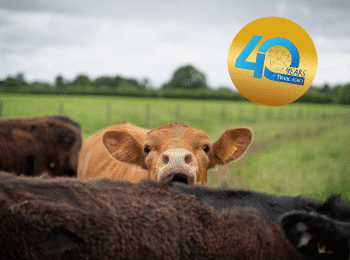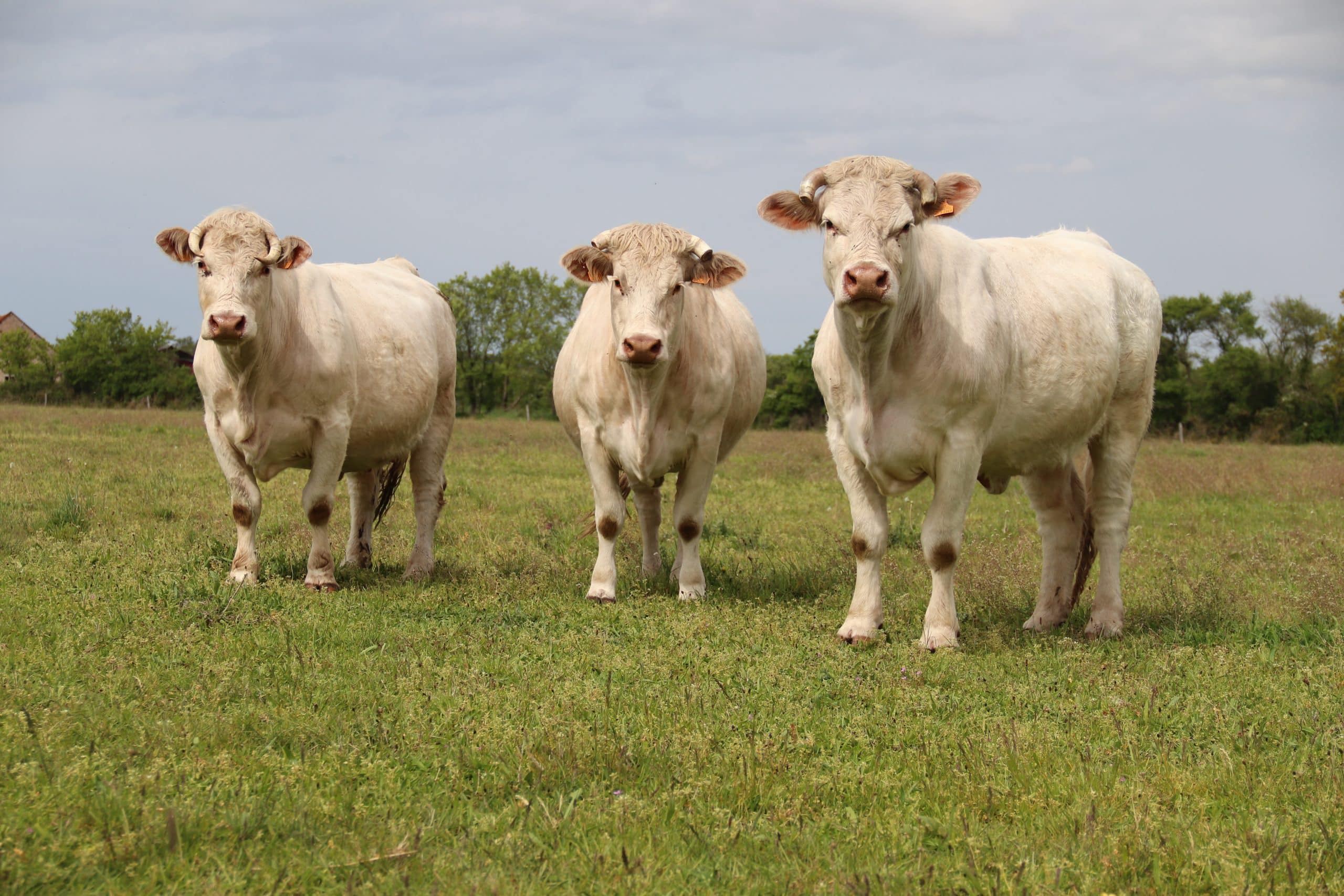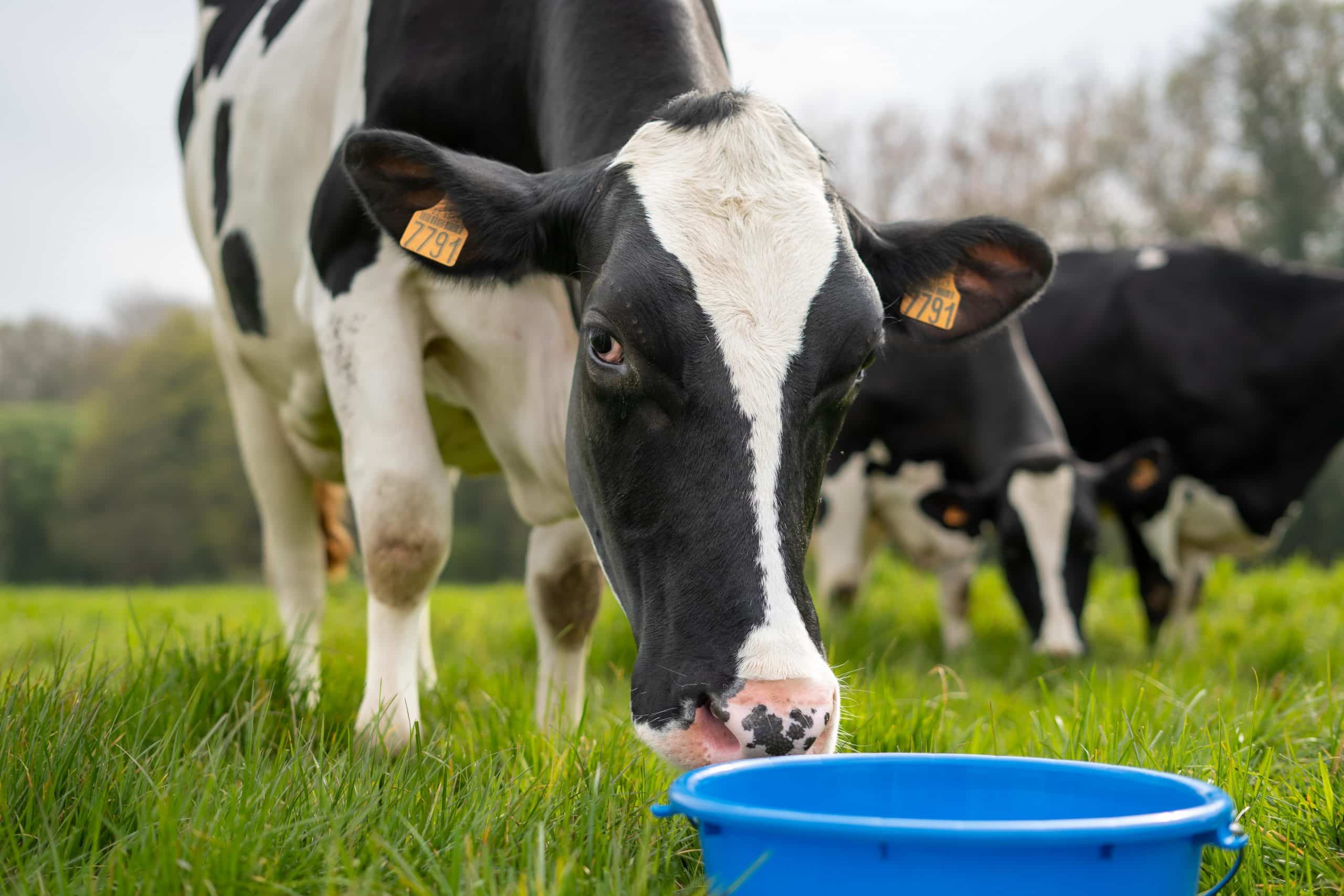Mycotoxins: understanding the risks and their impact on animals
What is a mycotoxin?
Mycotoxins are toxic metabolites produced by certain species of fungi, such as Aspergillus, Penicillium and Fusarium. These toxins are generally formed during the cultivation and storage of animal feedstuffs, particularly during the preservation of grass silage. These substances can represent a considerable danger to animal health, affecting various physiological functions in ruminants, from digestion to reproduction.
Origin of mycotoxins
Mycotoxins are formed mainly by favorable environmental factors, such as high temperatures and excessive humidity. These conditions create a favorable environment for the growth of toxin-producing molds. It’s important to note that 95% of mycotoxins originate in the field, even before silage is stored.
The fungi responsible for mycotoxin formation are mainly of two types:
– Fusarium: often associated with cool temperatures and wet periods.
– Penicillium and Aspergillus: these molds thrive in warmer, drier conditions, particularly in poorly preserved stocks.
Mycotoxin risks for animals
Mycotoxins can have a severe impact on animal health, particularly affecting ruminants such as dairy cows and sheep.
Among the main risks are:
These risks underline the importance of properly managing forage storage and harvesting conditions to avoid contamination by these toxins.
Mycotoxins represent a real danger to livestock, affecting both animal health and farm profitability. A better understanding of their origins and the associated risks is essential if effective management measures are to be put in place.




